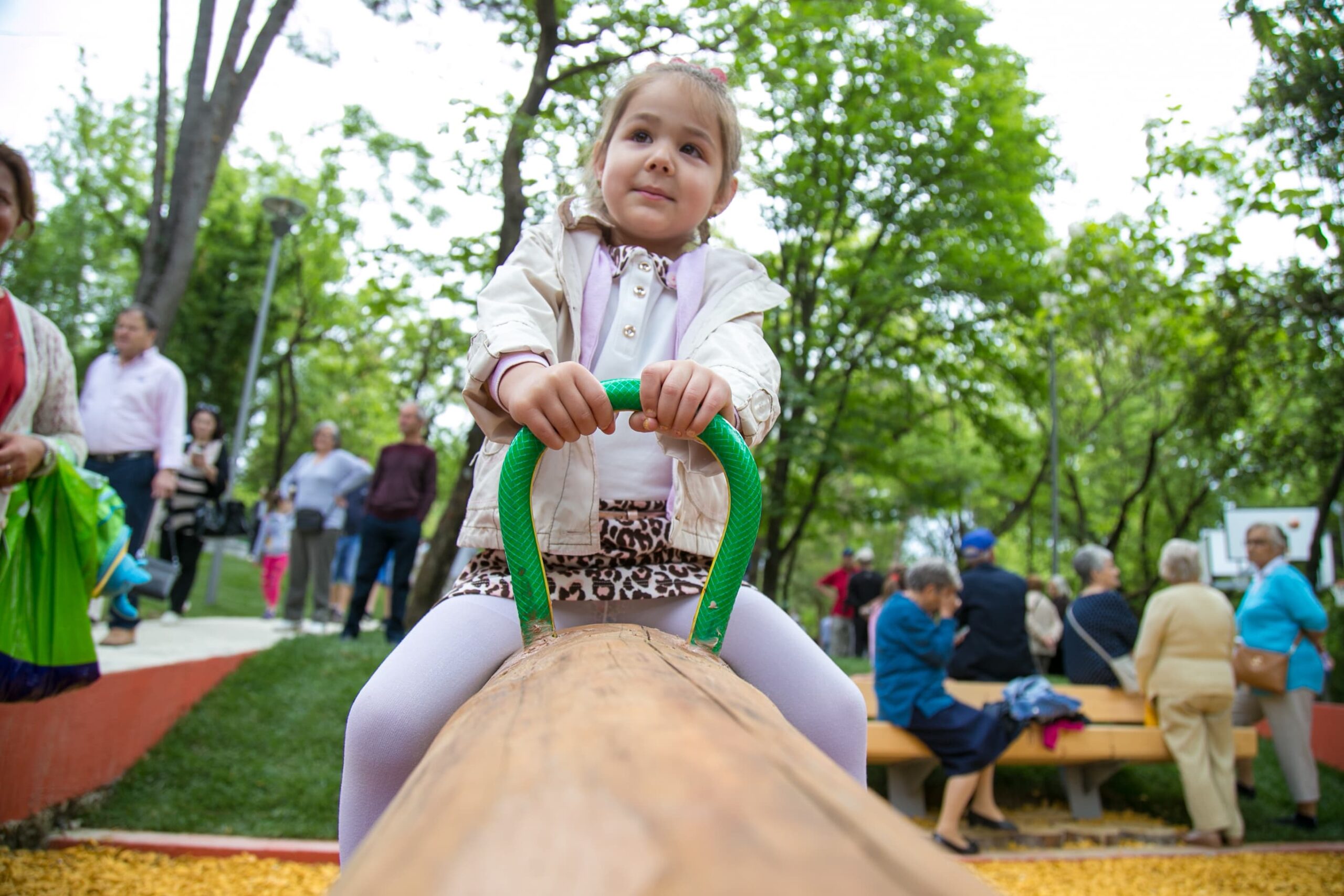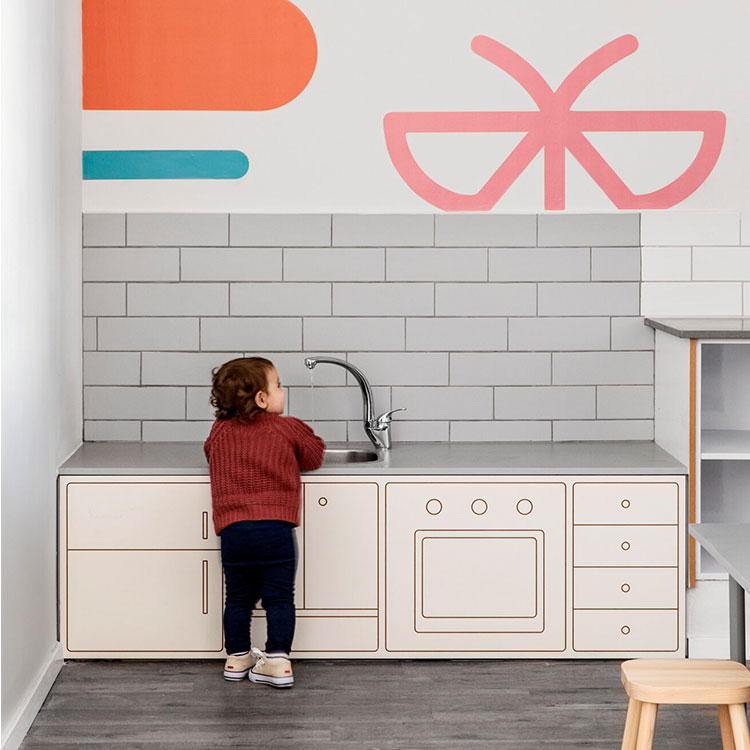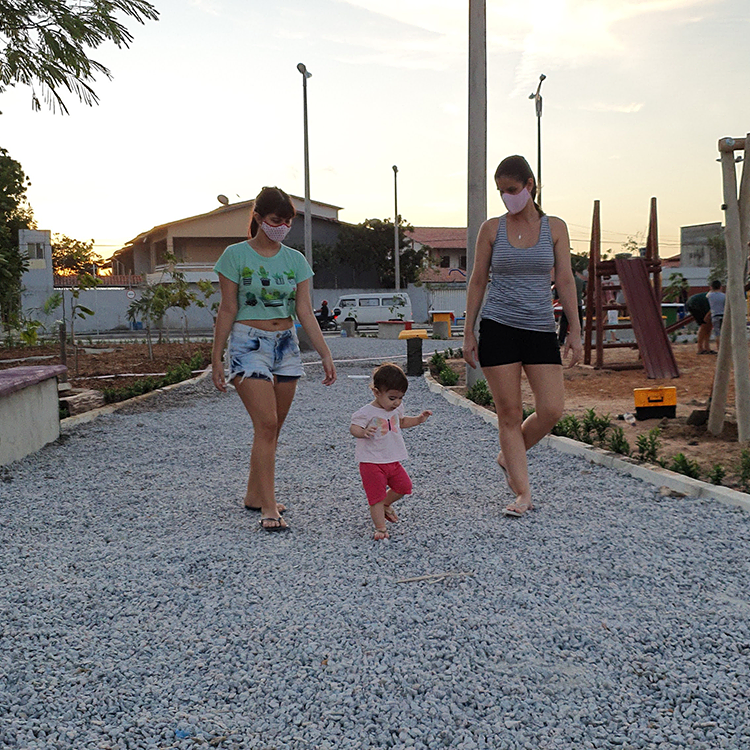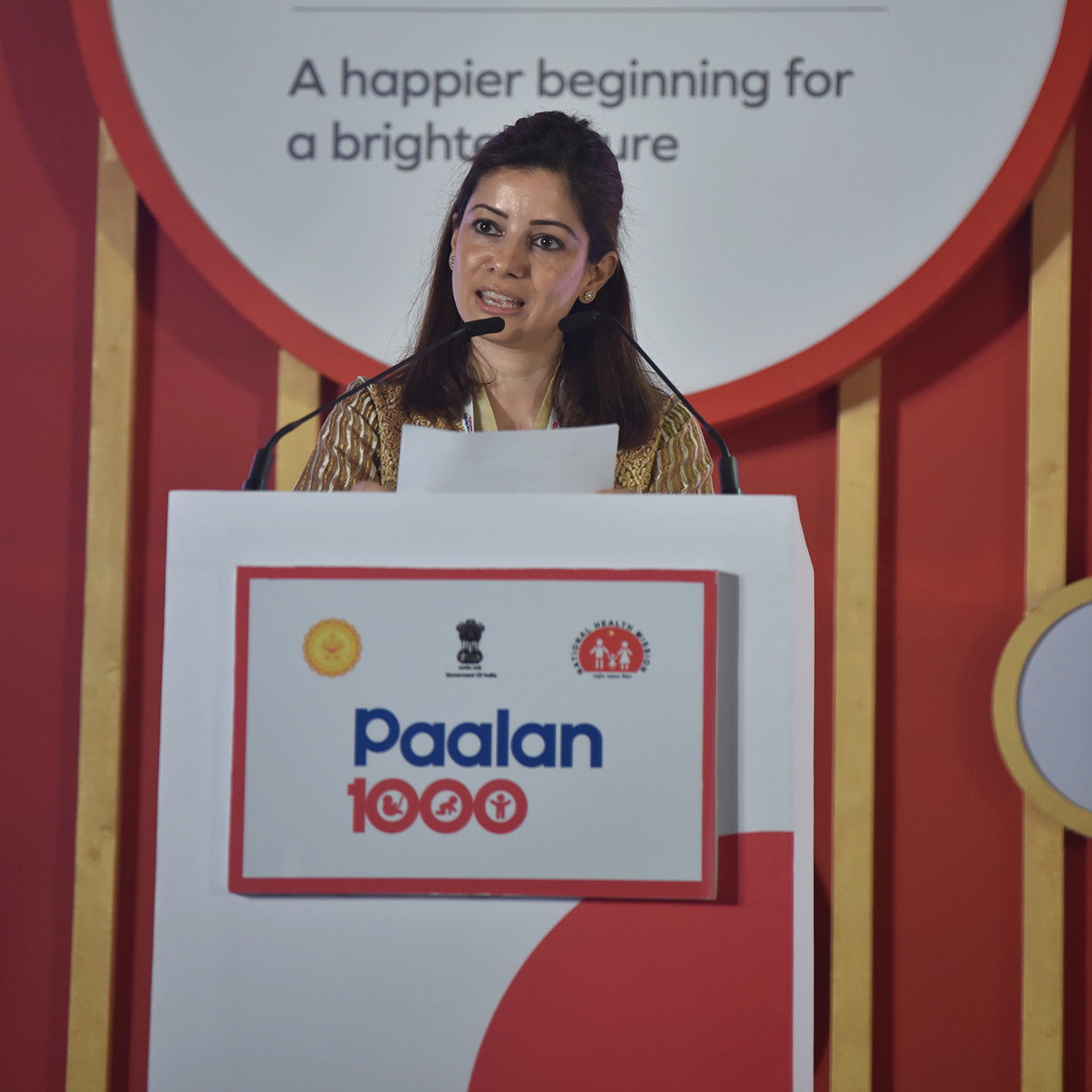By Sylvia van der Pal, Wilma Otten, Ilona Wildeman & Marlies Rijnders; TNO Child Health
The World Health Organization advises mothers to exclusively breastfeed their newborn babies for at least 6 months. In the Netherlands, a recent assessment of breastfeeding practices showed that 69% of the mothers start breastfeeding after birth. After one week this number declines to 58%, and to 47% after a month. At 6 months only 19% of babies are still breastfed.

Kim Menning, kraamverzorgster, the Netherlands | Photo: Courtesy of Anahí Clemens
Low rates of sustained breastfeeding are linked to challenges many mothers encounter during the first weeks, such as pain during breastfeeding or concerns about milk production. As a result, many mothers don’t stick to the breastfeeding aspirations and goals they set during or even before pregnancy.
Mothers often stop breastfeeding due to a lack of knowledge and insufficient preparedness in relation to the time, effort and reality of breastfeeding. New mothers in the Netherlands indicated that they did not always get or experience the support they needed from care professionals, or know where to get breastfeeding guidance, especially after the support from maternity care ended.
In 2016, TNO set out to provide such breastfeeding knowledge and support through a decision aid. To develop the decision aid, pregnant women and mothers of newborns were consulted to assess their needs and were very enthusiastic about initial sketches of the decision aid. One mother stated that she wished that she could have consulted a similar decision aid during her pregnancy and the first weeks after birth. Another mother said that she consulted information from diverse sources, but none contained all the information she needed. However, when care professionals were consulted, they pointed out that all information should promote the value of breastfeeding for the baby, and that any promotion or suggestion of breastfeeding alternatives, like bottle feeding, is against the official code of conduct.
Taking this into account, the 2016 sketches of the decision aid and subsequent gained knowledge were redeveloped in partnership with the Bernard van Leer Foundation. This resulted in an interactive pdf with 10 design elements for breastfeeding information and support.
The design elements include recommendations to define and adjust breastfeeding information to: 1) the target audience and 2) the phase of breastfeeding, to address 3) personal breastfeeding attitudes or expectations, 4) personal breastfeeding wishes or goals, 5) possible actions and 6) good examples, to take into account, 7) the partner and broader social environment, 8) the basic needs of the baby, 9) the health care system, and to consider 10) the form of support. Elements 3, 4, 5, and 6 were based on behaviour change theories on how to transfer from “knowing” to actually being motivated and perform and sustain breastfeeding.
Health organizations and professionals were encouraged to apply the 10 design elements when providing (online) information and support to pregnant women and mothers of newborns about breastfeeding. For example, the Netherlands Nutrition Centre used these design elements to help validate newly developed information videos about breastfeeding.
Centering Pregnancy, a new form of group care for pregnant women led by midwives, also recently used the 10 design elements. During Centering Pregnancy group sessions, pregnant women are encouraged to openly discuss both the advantages and challenges of breastfeeding and how they might overcome the latter. The group sessions have shown to have a positive effect on the uptake of breastfeeding. Centering Pregnancy has now recently applied the 10 design elements in visual breastfeeding conversation cards, to help encourage discussions of solutions for breastfeeding-related challenges and activities that pregnant women can perform to prepare for breastfeeding.
Through practical application in services and initiatives, the 10 design elements gives birth care professionals more support when providing (online) information and preparing women during pregnancy to start and continue breastfeeding successfully. Access to clearer information and open discussions will help fulfill mothers’ needs for breastfeeding guidance in the first weeks after maternity care ends.
Hopefully, as a result, women will be more confident in their decision to breastfeed, and have the resources and knowledge they need to overcome challenges in the first 6 months of their child’s life.



